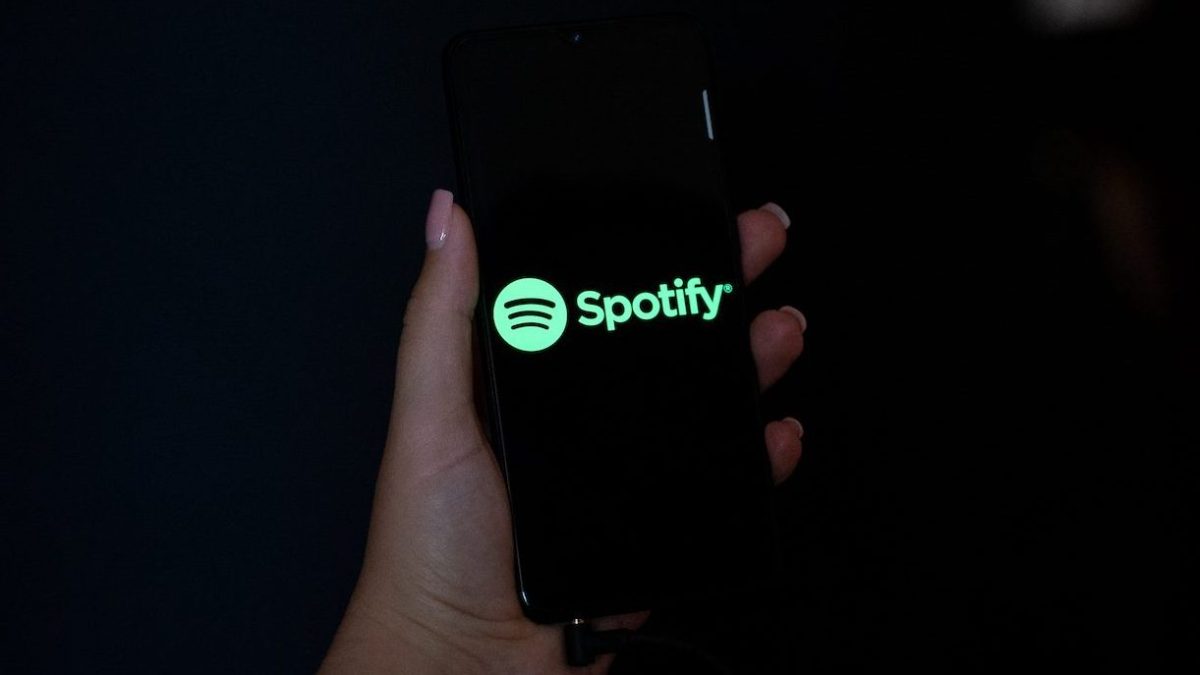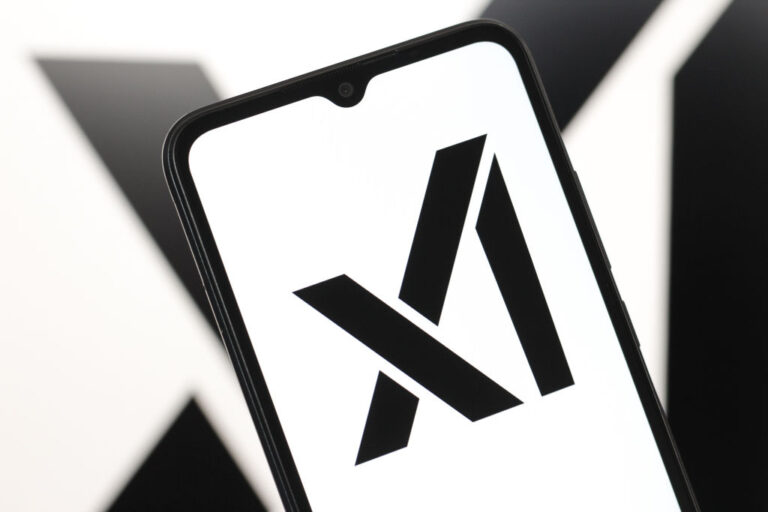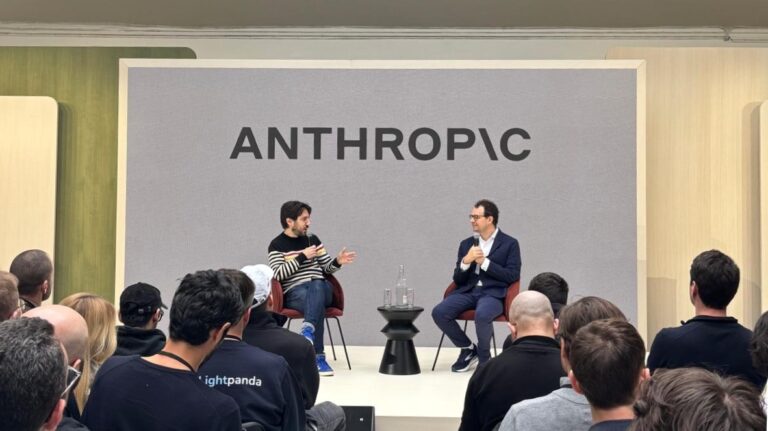Spotify has officially launched its highly anticipated lossless music streaming support for premium subscribers, culminating years of expectation and speculation. Initially announced in 2021, the service was set to provide CD-quality audio but encountered several delays primarily due to licensing challenges. Notably, CEO Daniel Ek remarked last year that the initiative was still in its early stages.
Following these delays, Spotify has now introduced streaming capabilities of up to 24-bit/44.1 kHz FLAC quality. This format allows users to enjoy music without compression, effectively preserving the original sound quality. The rollout will be available to users in over 50 countries throughout October. Early access is provided to subscribers in countries including Australia, Germany, Japan, the U.S., and the U.K.
### How to Access Lossless Streaming
Users will receive notifications via the app once they have access to the lossless streaming feature. To enable it, navigate to Settings, then Privacy, followed by Media Quality, and select “Lossless” for streaming over Wi-Fi, cellular data, and downloads. It’s important to note that this feature must be activated individually on each device.
### Data Management and Device Limitations
Lossless files are larger than standard streams, so Spotify allows users to monitor their data consumption. While streaming in lossless quality over Wi-Fi is supported, Bluetooth connections for high-quality playback remain limited due to bandwidth constraints. To access high-fidelity streams, users can utilize Spotify Connect with compatible devices from brands like Bose and Yamaha.
### Competitive Landscape
This move positions Spotify in response to competitors like Apple Music and Amazon Music, both of which have already integrated lossless streaming into their services. While Spotify asserts that nearly all tracks in its 100-million-song library will support lossless streaming, users should anticipate that some tracks may still lack this feature.






